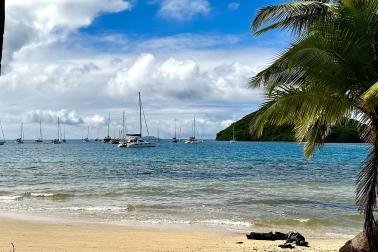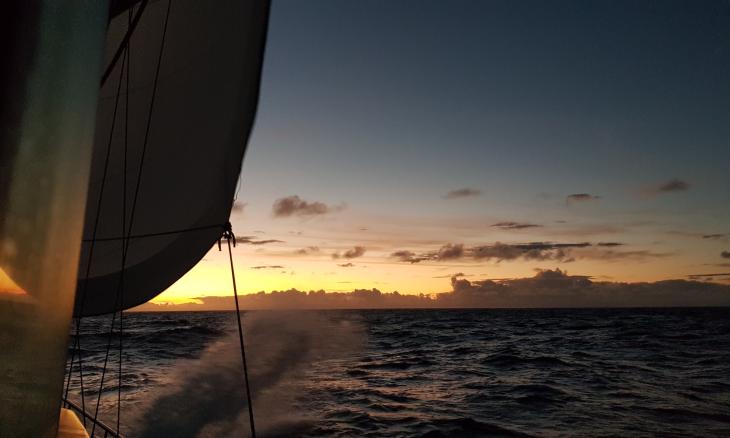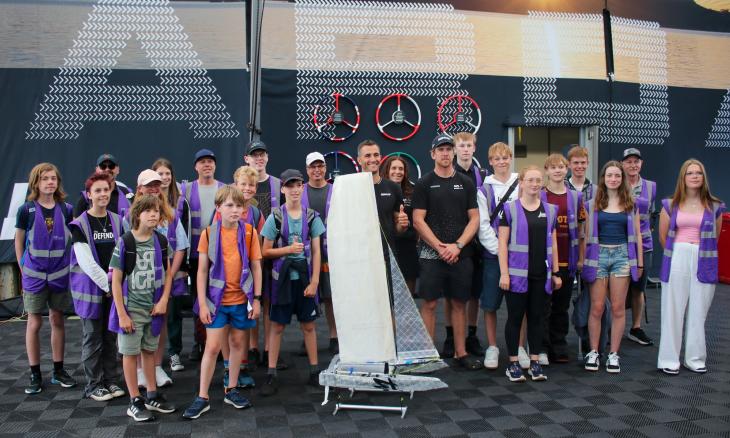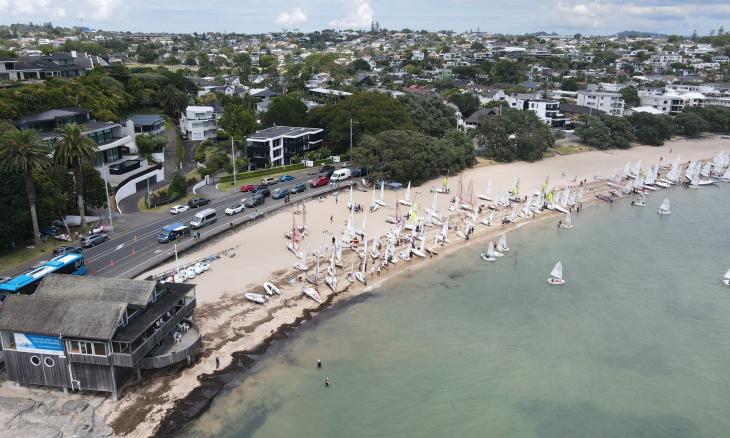Planning on sailing north to the Pacific islands this year? Your summer cruise is a great opportunity to start your preparations.
As the end of cyclone season draws near, you will find many last-minute items to take care of especially your category 1 certificate and associated clearance paperwork.
Thinking about and practising drills now will save time later and prepare you and your crew for a safe and enjoyable voyage north.
Here are a few tips based on challenges others have experienced in the past.
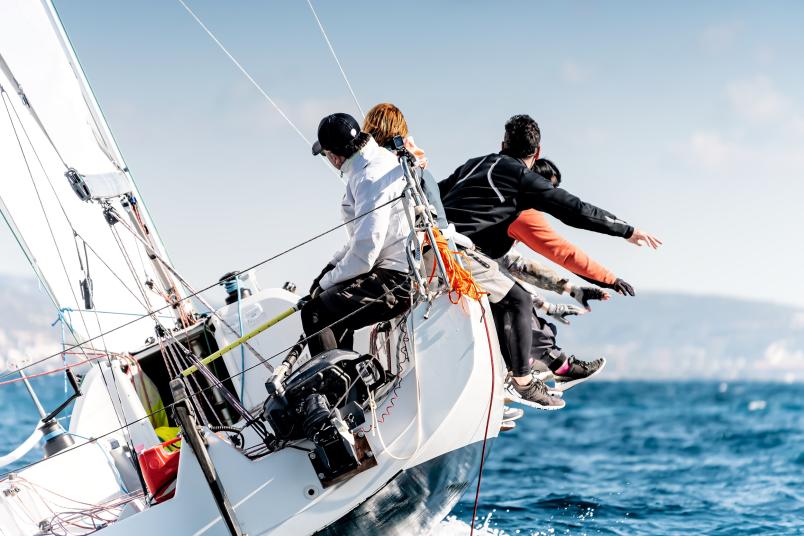
Understanding your crew dynamic could make all the difference.
1. Crew
If you plan to take crew (even friends or those who come highly recommended) invite them on board for a weekend away. It’s important to see how the dynamic will work especially if you are trusting command of your vessel to that person as an experienced offshore sailor. If you are sailing short-handed as a couple make sure you are both familiar with all operations on board as it may be necessary for either person to operate the boat alone.
2. Weather routing
Your weather routing and departure date is what will give you the best chance of “fair winds and following seas” - and listening to someone on the boat next door, who says “leave on the back of a low”, might not be your best strategy.
Become familiar with how weather patterns work well before your trip. Bob McDavitt’s meteogram and Gulf Harbour Radio (see p60 of Yachting & Boating Quarterly, December issue) are excellent resources to research this in order to make informed decisions.
Start validating weather forecasts using your barometer which should be correctly calibrated.
Make sure your communications equipment is functioning and if you are using a weather app, such as the excellent PredictWind, practice using their offshore app and downloading the data using standard cellular data over the summer while in New Zealand.
Get your satellite communication device up and running at least a few weeks before departure. It’s too late to do this the day before you leave.
3. Seamanship
Practice seamanship, think about the ‘what if’ situations and how you and your crew will handle them. This may include:
* Motoring along a lee shore and your motor fails. Do you have enough sea room to hoist a sail and sail out of trouble? This could be the situation you find yourselves in while motoring through a reef pass.
* Can you easily reef your sails going downwind? Turning upwind in big seas is not always a safe or easy option. Do you need to rig a luff downline? Do your full length battens press on to the spreaders and can you overcome this by using the reef clew line? Identify chafe points. If you have a furling boom or in-mast furler this will require a different reefing technique.
It’s often a matter of the right technique for your boat, patience and practicing this now in protected water is essential.
* How can you prevent accidental gybing? Setting up a preventer or boom brake is one option. There is increased risk under autopilot, if the helmsman is tired or running downwind in a following sea, etc. Don’t hesitate to drop the main completely if there are any of these potential risks at all.
* Practice sound anchoring technique using correct scope and setting your anchor firmly. Dragging inside a Pacific atoll is not an option!
* Get in the habit of performing a crew safety briefing every time you go out - even if it’s just a weekend away, to increase safety awareness and familiarity with the boat.
Remember - complacency is the enemy of seamanship.
4. Instrumentation
Modern 'all-in-one' touchscreen displays are great but check that they can be dimmed enough to use comfortably at night without impairing your night vision.
Consider turning the touch screen option off especially if the screen will be getting wet.
There have been several accidents where the autopilot was accidentally disengaged.
Also, ensure your compass lights are working and the compass can be viewed easily from the helm.
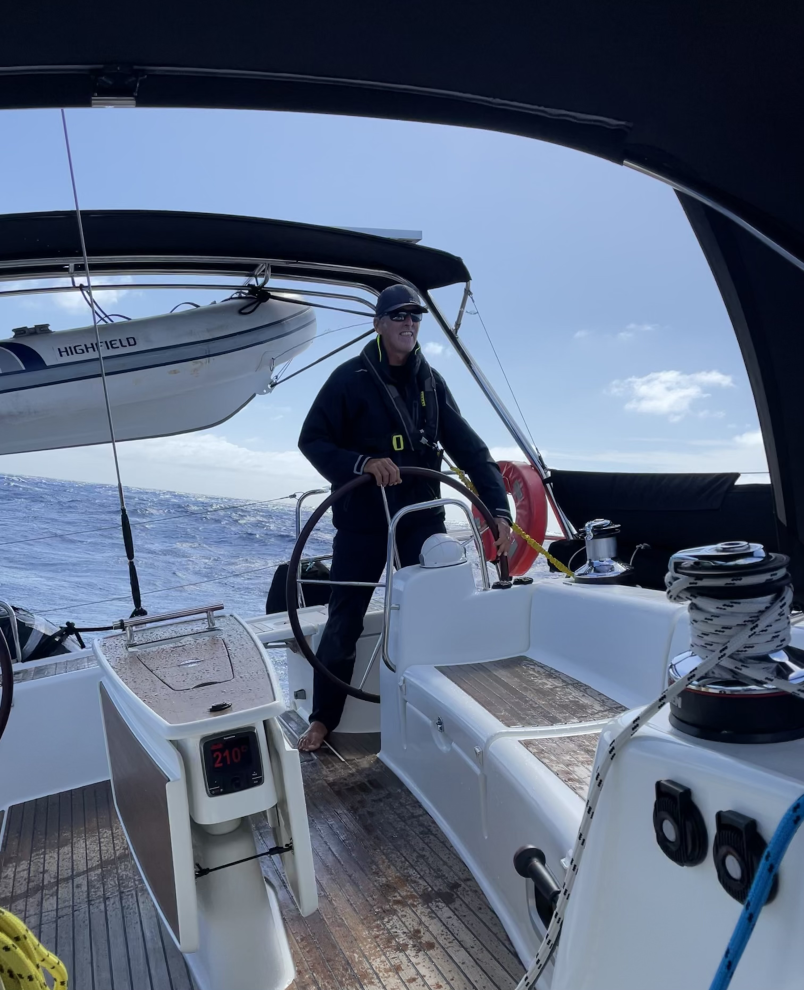
Cris Brodie is Yachting New Zealand's safety and technical officer - and an experienced yachtie.
5. NZ Category 1 inspection
If you are a New Zealand-registered vessel you will require a Category 1 safety certificate.
It’s more than a checklist and it will ensure your vessel is well prepared to undertake an offshore voyage.
Part of the requirements which inspectors will check is having a documented safety manual for your boat.
This will include important information such as thorough hull fittings and valve locations as well as safety procedures. It’s a good time to put this together now while you are on board.
Book your sea survival and offshore medical courses early as these may book out in your area.
The NZ Category 1 inspectors are all very experienced yachtsmen with expertise in many technical areas and they are the best place for advice if you need help with any of this process.
They will appreciate you getting in touch with them early and not leaving it until the last minute.
Cris Brodie is a seasoned offshore and national champion dinghy sailor and Yachting New Zealand's safety and technical officer. Get in touch with him at cbrodie@yachtingnz.org.nz.
